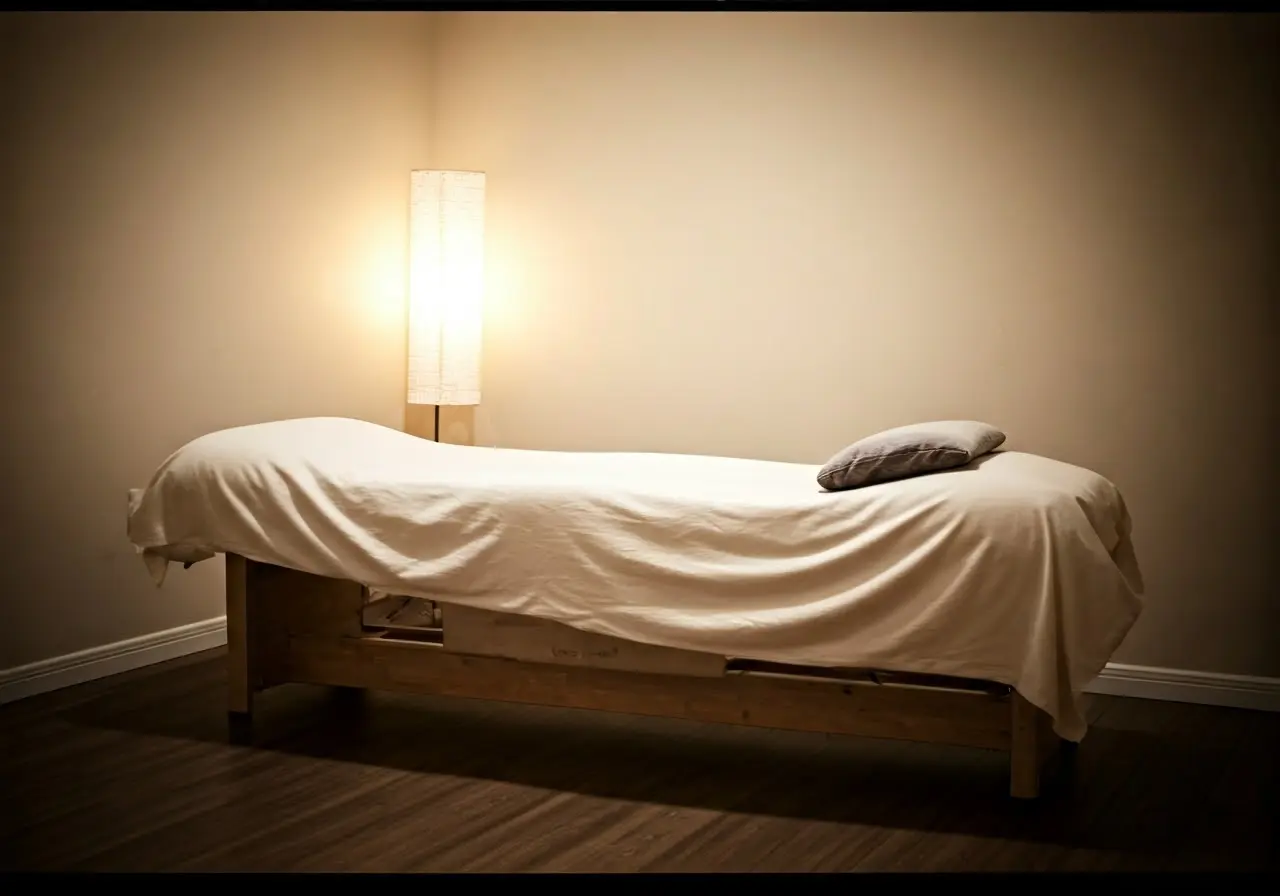Therapy beds are becoming increasingly popular in the healthcare industry as potential alternatives or complements to traditional medical treatments. But how do they stack up in terms of efficacy, comfort, and overall therapeutic benefit? In this FAQ, we’ll explore the role of therapy beds and see how they compare with standard medical practices.
What Are Therapy Beds?
Therapy beds are specialized pieces of equipment designed to support relaxation, pain relief, and recovery. They may include features like massage settings, heating pads, or supportive ergonomics to provide therapeutic benefits.
The technology behind therapy beds has evolved significantly over the years. Originally, they were simple devices aimed at comfort, but modern versions integrate advanced features. These include infrared heat therapy, wave motion technology, and air compression systems, all designed to offer a tailored therapeutic experience. Such advancements aim to maximize the relaxation response in users, making them an appealing choice for many seeking alternative therapy options.
Additionally, many therapy beds are designed to facilitate whole-body wellness. By promoting optimal sleep patterns, reducing stress, and alleviating physical discomfort, they can offer an all-encompassing approach to health care, broadening their appeal compared to standard hospital beds, which prioritize functionality over comfort.
Benefits of Therapy Beds Over Traditional Methods
Therapy beds offer unique benefits such as enhanced relaxation, targeted pain relief, and improved quality of sleep. These benefits can augment traditional treatments, providing a holistic approach to health and wellness.
Compared to traditional treatments, therapy beds can offer a drug-free solution to pain and stress management. For individuals concerned about medication side effects, this can be a crucial advantage. Furthermore, their ability to enhance relaxation can lead to improved mental health, aiding in the treatment of stress-related conditions.
Some therapy beds also incorporate adjustable features to tailor to specific health needs. For instance, adjustable sections can help reduce pressure points, aiding in the relief of conditions like arthritis or chronic pain syndromes. While these beds don’t replace traditional interventions, they can certainly enhance the overall treatment experience.
When to Use Therapy Beds
Therapy beds can be particularly useful for conditions requiring pain management, stress relief, or enhanced blood circulation. They are best used in conjunction with standard medical care for comprehensive treatment.
Patients recovering from surgery or managing chronic conditions might find therapy beds beneficial during recovery phases. These beds can speed up recovery by promoting better sleep quality, which is essential for healing, and alleviating discomfort, enabling a more restful convalescence.
It’s important to integrate therapy beds thoughtfully into an existing treatment plan. Discussing with a healthcare provider or physical therapist can ensure that the bed’s features align with the patient’s specific therapeutic goals and medical history.
Considerations for Integration
Before integrating therapy beds into a treatment plan, consider factors like the patient’s condition, preferences, and the bed’s specific features. Consulting with healthcare professionals is essential to ensure they align with the intended treatment goals.
It is also crucial to understand the contraindications associated with certain therapy bed features, such as heat or massage capabilities. Individuals with certain medical conditions, like deep vein thrombosis or specific heart conditions, may need to avoid or modify the use of certain features to prevent potential complications.
Cost is another important factor to consider. While therapy beds can be an investment, exploring options that offer financing or insurance compatibility can mitigate expenses. To learn more about possible financial options, you might visit our financing page.
Ultimately, the goal of integrating therapy beds into treatment regimens should be to enhance patient outcomes by providing additional comfort and therapeutic benefits without compromising safety or effectiveness of other treatments.
Final Thoughts on Therapy Beds vs. Traditional Treatments
In summary, therapy beds offer unique benefits that can complement traditional treatments. They provide comfort, relaxation, and specific therapeutic advantages that might not be present in every conventional medical approach. While they aren’t a complete replacement for standard care, integrating therapy beds into a comprehensive treatment plan may enhance recovery and well-being.


